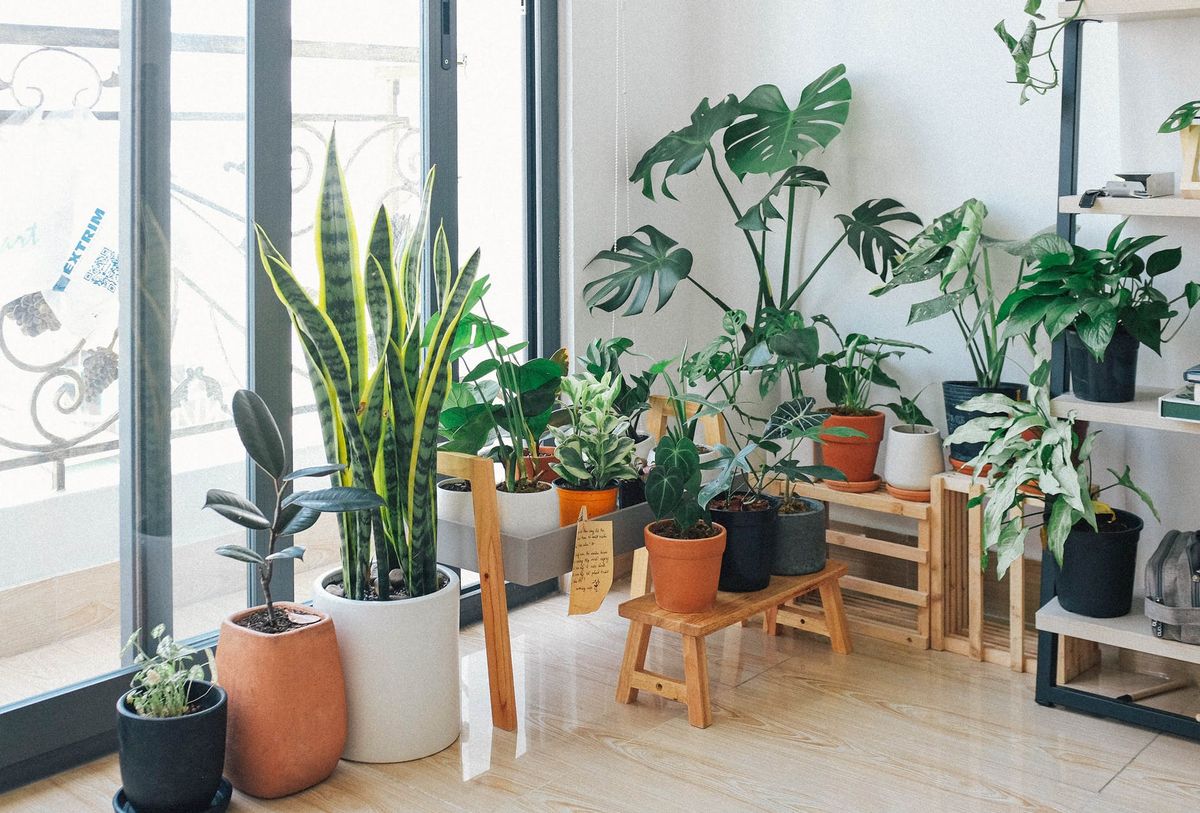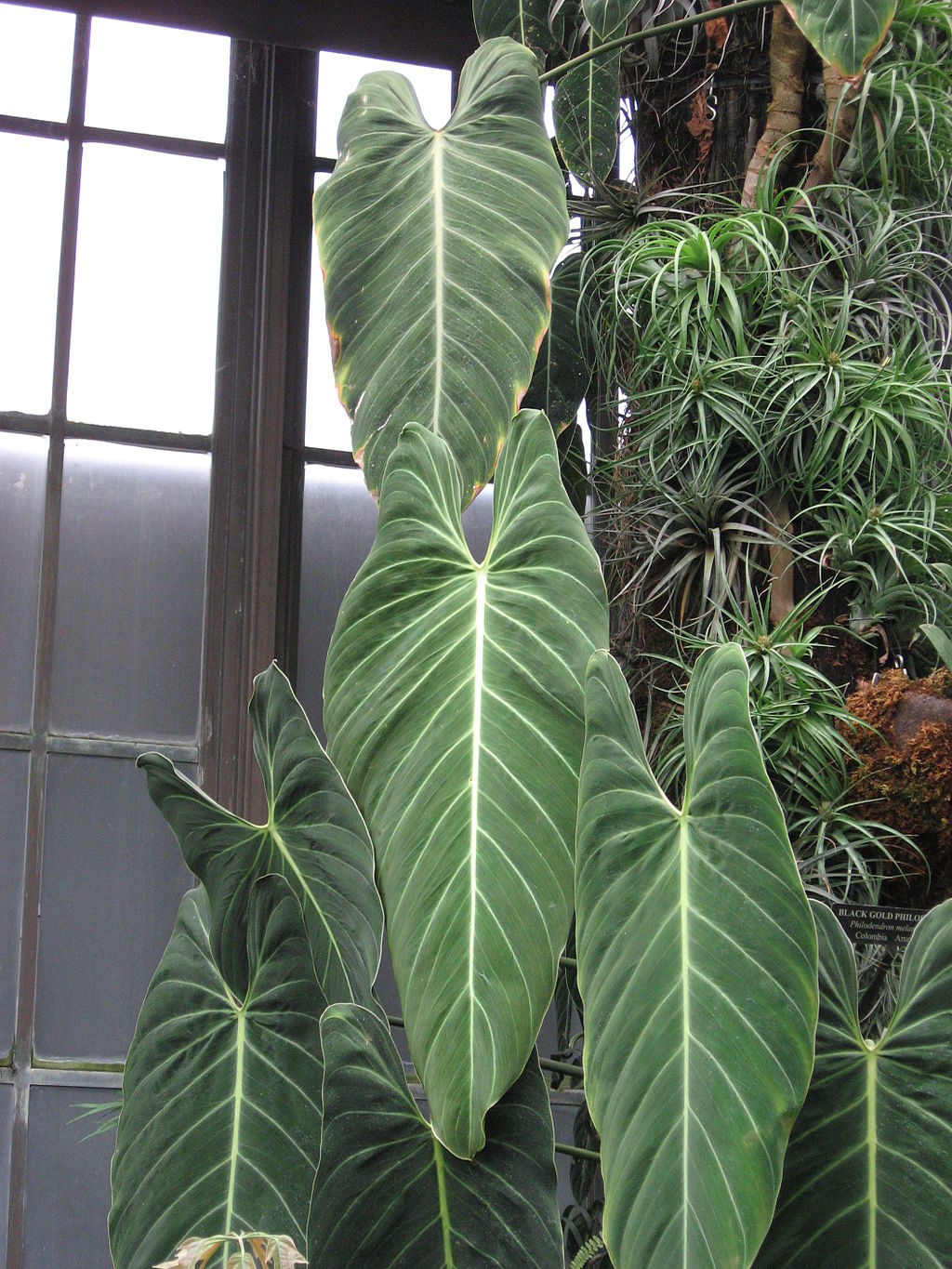Keeping your space green in winter with indoor winter plants

A few minutes every morning is all you need.
Stay up to date on the world's Headlines and Human Stories. It's fun, it's factual, it's fluff-free.
With the weather turning cold, avid gardeners and outdoor adventurers can turn to indoor winter plants for greenery. Keeping your space green in winter helps battle seasonal depression, especially for people who live in harsher climates. Plants ease our minds and can even boost air quality.
Whether you’re an indoor plant veteran or a newbie hopping on the trend, there are several things to consider when planning your home garden. Read on for tips from an avid gardener and landscape architect and a list of low-maintenance indoor winter plants to brighten up your space during the colder season.
Cultivating a passion for plants and design
Landscape architect Robert Bell shared with TMS a few pointers on how your environment impacts the plants you grow and how he became an avid lover of plants in the first place. He based his firm Bell Design Inc., which has been featured on “HGTV,” “The Washington Post” and more, in Washington D.C.. Their work includes town house gardens, community design, construction management and maintenance review. Bell grew up in Easton, Maryland, which meant he had to abandon his outdoor garden in wintertime.
“My interest in plants and designing began when I was pretty young, actually,” says Bell. “I grew up on a farm, and we had garden spaces. I was really interested in herbs to start out with. So I had a little herb garden, and I kind of graduated from that to other things. Eventually my parents let me have a greenhouse, so I got to grow plants I wouldn’t normally be able to grow outdoors … That’s what started my indoor plant knowledge.”
How to design your indoor garden
Bell’s process for designing indoor plant life begins with light. “I work with a lot of hotels and restaurants,” says Bell. “Most of the light we have in our indoor spaces is not sufficient to grow most plants. There are special types of indoor plants that grow in low light, but even so, I would use a light meter to see exactly how much light is where in certain parts of the room or certain parts of the space. Then I look at other sources of temperature changes, like HVAC, air conditioners, vents, things like that. Open windows for instance can affect plant growth and health. Are there pets, are there children? Some plants are poisonous while others are more friendly to pets and kids in case they nibble on the leaves. Taking scope of the entire environment and also the uses of the environment.”
If your apartment’s natural light is abysmal, Bell recommends looking into supplemental light, like LED. Afraid to poison your cat? Beware of plants with vibrant flowers and berries. Bell names ferns, palms and orchids as three pet-safe plants to grow indoors. If you’re anxious about beginning a new hobby, Bell encourages you to stick to the basics, like pothos and snake plants.
“I certainly love the fact that people are much more engaged with houseplants these days,” says Bell. “During COVID, everyone looked around their house and wanted to try a project or something new … Trends are fun and everyone should try them. It’s kind of a return to the basics.”
Low-maintenance indoor winter plants for beginners
Hard-to-kill houseplants make for wonderful and low-maintenance decoration. Caring for an organism, whether delicate or hardy, gives us a sense of purpose. The death of a plant can be a blow to your self-esteem and your mental health. Many people insist they just don’t have a green thumb, but, like any new hobby, it’s all about starting with the basics.
The energy team at Uswitch, a UK-based company, created a low-maintenance plants campaign with a guide to the most Instagrammable and hard-to-kill houseplants, with Philodendron in the top spot. Scroll down for a select few on Uswitch’s list. We’ve added an extra for readers with a curious furry friend.

Philodendrons, not to be confused with their look-alike pothos, are a houseplant staple. This adaptable friend requires direct sunlight and they come in a range of varieties. Water whenever the top inch of soil has dried. They come in both vining and non-climbing varieties.
Snake plants require sparse watering. The pointed green leaves often bordered by a bright yellow make for an attractive addition to your houseplant collection. These are excellent indoor winter plants for brightening up your space.
Spider plants require weekly watering to keep them thriving. The striped leaves flourish in light shade.
ZZ plants are about as resilient as succulents. While succulents can be finicky when it comes to their soil, ZZ plants can survive just about anything. They require watering once every two or three weeks.
For households with pets, a vast collection of Calatheas will brighten up your space and turn it into an urban jungle safe for curious cats and dogs. The diversity in color and leaf shape makes for a beautiful and varied space. They belong to the prayer plant family, so-called due to an up and down movement based on sunlight or lack thereof.
Whatever you’re looking for, there are a variety of indoor winter plants that can keep your space from seeming dull during the colder months. From indoor gardening noobs to practiced green thumbs, give one or two of these plants a try this season to bring some green to your home.
Have a tip or story? Get in touch with our reporters at tips@themilsource.com




Comments ()